 Greetings from Juergen
Greetings from Juergen
Hi all,
This week's stories circle around a question that's been nagging at me: when does an artist's decade-long practice with neural networks suddenly become "AI art" just because the mainstream caught up? Christopher Kulendran Thomas has been training custom machine learning models and hand-painting the results onto canvas since before most people knew what a GAN was. Now he's got simultaneous shows at Gagosian, MoMA, and the New Museum—and I'm watching how easily this nuanced, conceptual work risks getting lumped into the same category as one-click prompt generators. Similarly, Analia Saban's exhibition at Tanya Bonakdar Gallery reveals something I keep coming back to: textile artists working at the art-tech forefront, showing us that weaving has always been code. Her marble puffer jacket carved by hand and robotic technology, her woven paintings of server fans—these pieces connect the Jacquard loom's programmable punch cards to today's computational systems in ways that feel inevitable once you see them.
Elsewhere this week, Maurizio Cattelan's solid gold toilet heads to auction with a starting price set at its weight in gold (around $10 million), which feels like the most perfectly calibrated commentary on America that a title alone can carry. We're also looking at NFTs rebranding themselves as "digital collectibles" to escape their reputation damage, designers who are the most skeptical creatives about AI dulling originality (despite 94% using it), and a fascinating look at which dead artists get their styles appropriated most in Midjourney prompts—Alphonse Mucha leads with 230,794 mentions. Plus, there's stunning astrophotography that reminds me why I sold my telescope years ago (I lacked the patience and technical skill these winners demonstrate), and a Chinese art-tech biennale that approaches AI with zero anxiety and pure celebration, which raises interesting questions about how different cultures frame this technological moment.
Art Narratives
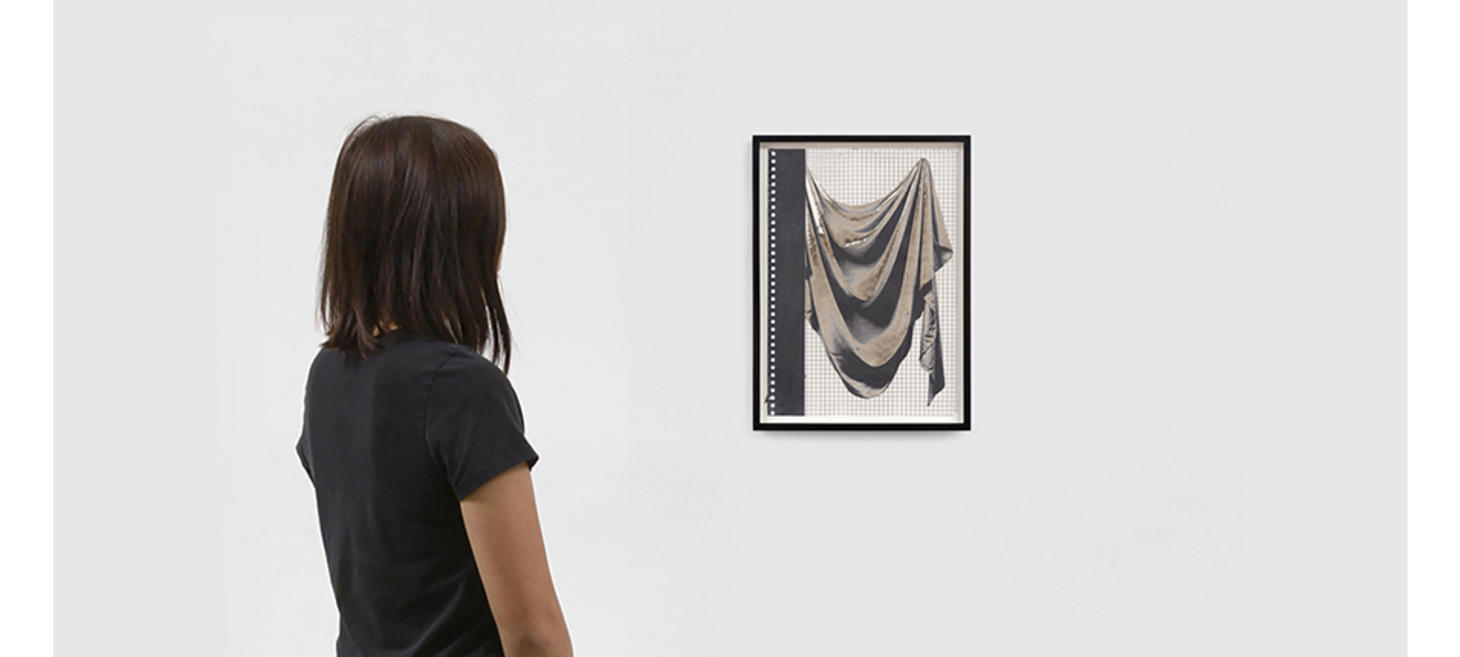
Analia Saban Explores the Intersection of Art and Technology in New York
A marble puffer jacket hangs casually on a hook at Tanya Bonakdar Gallery—Classical sculpture meets contemporary streetwear, carved by hand and robotic technology. Analia Saban's exhibition Flowchart presents woven paintings depicting server fan blades, encaustic flowcharts mapping AI-like prompts for making art, and tapestries that merge the binary logic of early computer memory with the grid of a loom. As reported by Art Daily, this show runs through December 18 and connects weaving's ancient logic to today's computational systems.
I'm often surprised how many textile artists work at the forefront of the art-tech intersection. And here's another example.
Saban's process reveals something fundamental: weaving has always been code. The Jacquard loom—programmable punch cards controlling thread patterns—directly inspired Charles Babbage's computing machines. When she interlaces linen with strips of dried acrylic paint, or carves notebook pages with laser precision, she's not just making metaphors about technology. She's showing us that textile arts have been computational thinking all along.
When does the metaphor become the medium itself?
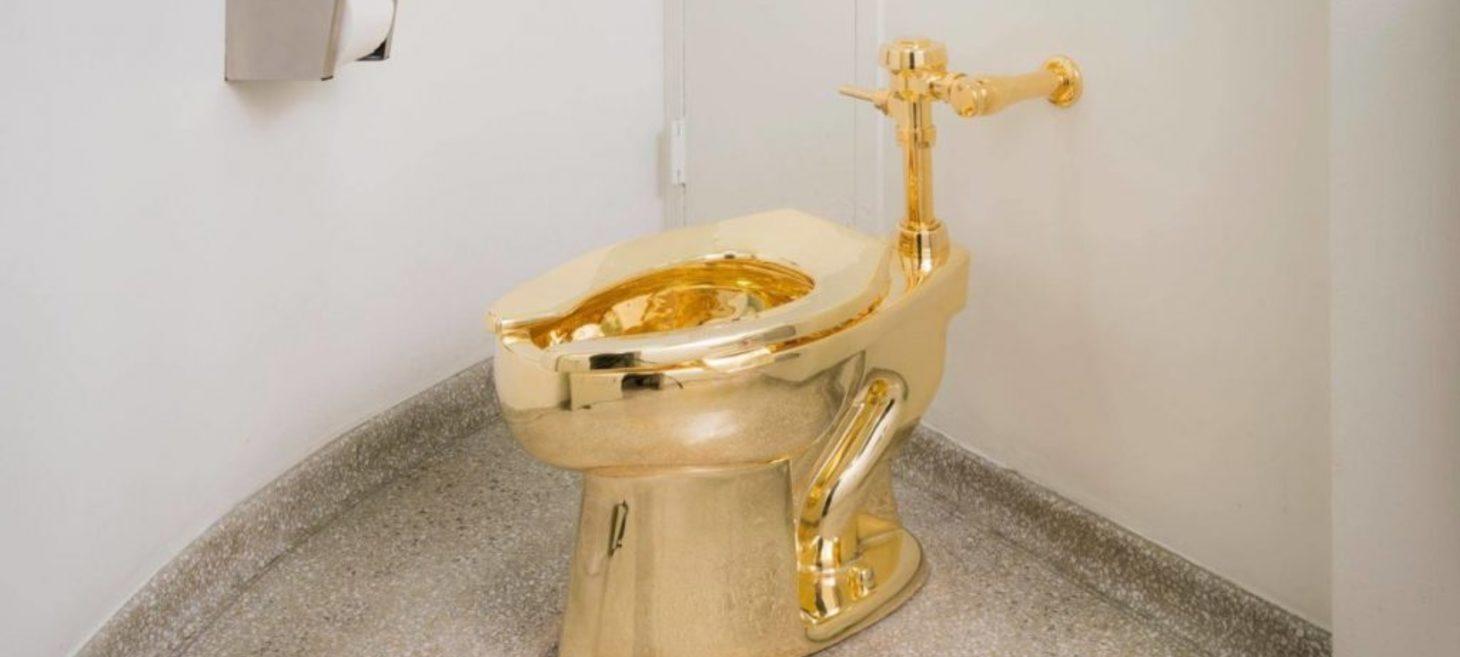
Move over, Banana: Maurizio Cattelan's Golden Toilet Is Coming to Auction
Maurizio Cattelan's solid gold toilet is heading to auction—and in what feels like a perfectly orchestrated commentary, Sotheby's will set its starting price at its weight in gold, around $10 million. Richard Whiddington at Artnet News reports that America, the 18-karat, 220-pound functional toilet, will be displayed (but not used, unlike its Guggenheim debut where 100,000 visitors relieved themselves on it) before hitting the block on November 18.
I keep thinking about how this piece's title does all the heavy lifting. Sometimes artwork titles feel arbitrary or deliberately obscure, but America needs no explanation. The name carries the entire critique—the excess, the inequality, the gold-plating of everything, the transactional nature of contemporary culture.
What stands out to me is how Cattelan essentially created Duchamp's Fountain for our moment. But where Duchamp questioned what qualifies as art, Cattelan aims his satire at the subject itself: a nation where literally everything is for sale, including functional gold toilets that cost more than most people earn in a lifetime.
Worth noting: this is the twin of the version stolen from Blenheim Palace in 2019 and never recovered—probably melted down and sold for parts, according to prosecutors.
Societal Impact of Art and Tech

NFTs Are Dead. Long Live Digital Collectibles: How Web3 Ownership Is Quietly Redefining Design and Art in 2026
The hype is dead, but the infrastructure survived. WE AND THE COLOR examines how 2026's "digital collectibles" quietly power gaming economies, loyalty programs, and real-world asset tokenization—though you won't hear the term NFT anymore. After the 2022 speculative crash burned investors and turned profile pictures into worthless JPEGs, the rebrand became necessary for survival.
But will a name change really erase the damage? I doubt it. I was genuinely sorry to see the NFT scandals unfold and watch their impact on blockchain's true potential for digital provenance in art. When a hype cycle hits, there's this brief window where everyone glimpses the real possibility. Then the bubble bursts, scandals become headline news, and the reputational wreckage lingers for years—maybe decades.
The skepticism we're dealing with today isn't going away just because we swap acronyms. Once the public story becomes "remember that scam," you're fighting an uphill battle that shapes perception long after the technology matures and finds legitimate uses.
Can utility-focused applications—fractional ownership, cross-chain identity, programmable art—overcome the trust deficit, or have we poisoned the well for a generation?
AI in Visual Arts

Christopher Kulendran Thomas Is Imagining the Ghosts of the Future
Christopher Kulendran Thomas has been training his own neural networks from scratch for over a decade, hand-painting AI-generated compositions onto canvas long before "AI art" entered the mainstream conversation. Daniel Cassady profiles the artist for ARTnews as Thomas takes over New York with simultaneous shows at Gagosian, MoMA, and the New Museum—works that metabolize colonial art history and reimagine haunted spaces like Mullivaikkal beach, where an estimated hundred thousand Tamil civilians were massacred in 2009.
What strikes me about this story is how easily pioneering work gets swept into the same skeptical bucket as today's one-click AI image generators. Artists like Thomas spent years developing thoughtful approaches that combine manual craft with machine learning—building custom models, training them on specific historical contexts, then physically painting the results. That nuanced practice risks being diminished simply because it involves algorithms.
The irony is that while we're all debating whether AI art is "real art," artists who've been doing this work seriously for a decade are finally getting major institutional recognition—and they're the ones most skeptical of the AI hype.
Is there a way to distinguish between artists who use machine learning as one tool in a larger conceptual practice and those who simply prompt their way to a finished piece?
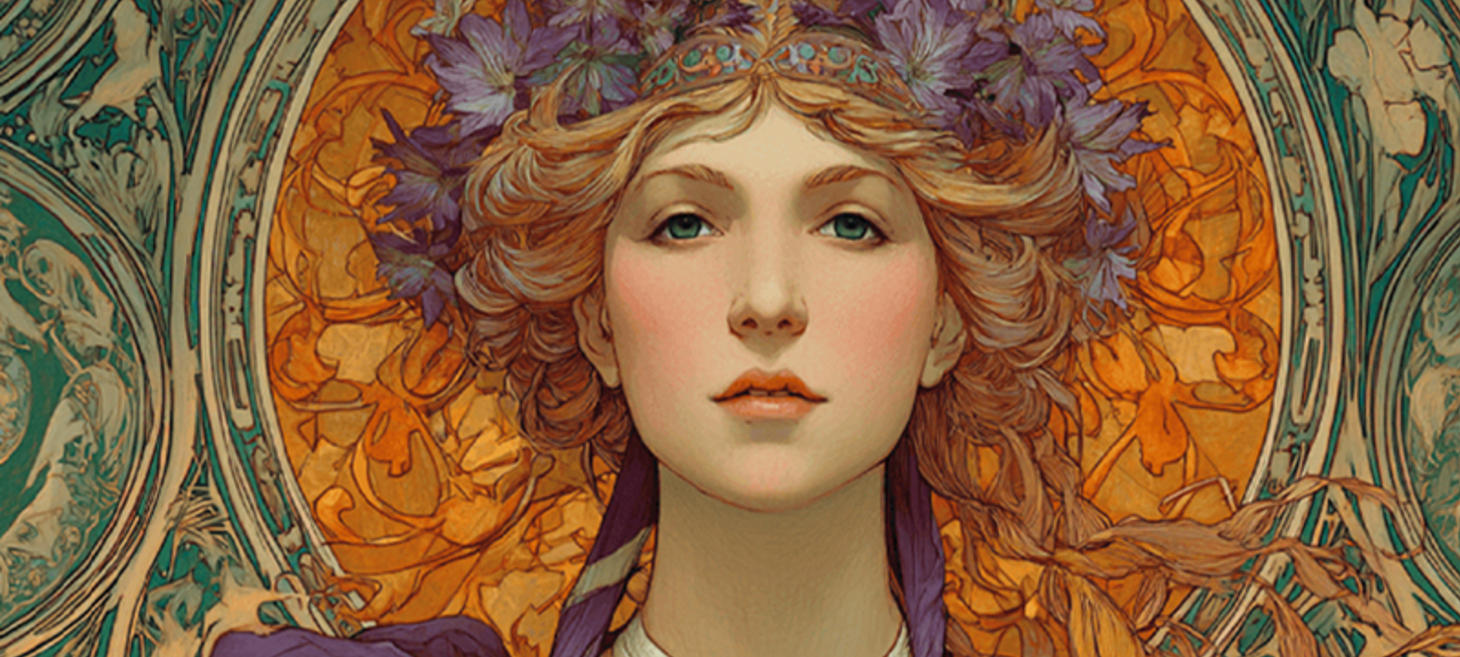
These Artists, Architects, and Directors Are the Most-Used Prompts for Generative AI Art
Kapwing, a video creation platform, dug into Midjourney's Discord to find out which artists are getting their styles appropriated the most. Sara Barnes, writing for My Modern Met, reports that Czech Art Nouveau master Alphonse Mucha leads the pack with 230,794 prompts—nearly double the runner-up, Rembrandt. Wes Anderson dominates the directors' category, while Zaha Hadid tops the architects.
What strikes me as darkly funny is that they've essentially created a "Most Ripped-Off Artist Hall of Fame." It's an interesting leaderboard, sure, but let's be clear about what we're ranking here. To their credit, Barnes addresses all the ethical concerns—the lack of consent, the absence of compensation, and the real copyright issues we're seeing play out in courts and legislatures worldwide.
I'm genuinely curious why Art Nouveau keeps appearing across all these different disciplines. Is it the ornamental complexity that makes for impressive AI outputs? Or does the style just photograph well in a grid of generated images?
Maybe we should start calling these "achievement unlocked" badges for unwilling participants in AI's training data.
Artificial Intelligence and Creativity

Designers Most Likely Among Creatives to Believe AI Dulls Creativity
A new survey from the University of Exeter's DIGIT Lab reveals something striking: designers are the most skeptical creatives when it comes to AI, with 81% believing the technology dulls originality. That number, reported by Dezeen, far outpaces writers and journalists at 63%—yet here's where things get interesting.
I think the framing of this entire debate deserves scrutiny. We keep talking about AI "replacing" creativity and originality, as if that's somehow the intended goal. Most creatives seem genuinely worried about this. But here's the contradiction: 94% of creatives now use AI in some part of their process. So what are we really debating?
The real question isn't whether AI threatens human originality—it's whether we're asking the wrong question entirely. When nine out of ten creatives use these tools while simultaneously fearing them, maybe we need to shift from replacement anxiety to enhancement possibility.
Is this a crisis of creativity, or a crisis of how we're choosing to frame the conversation?
Definitely Not AI
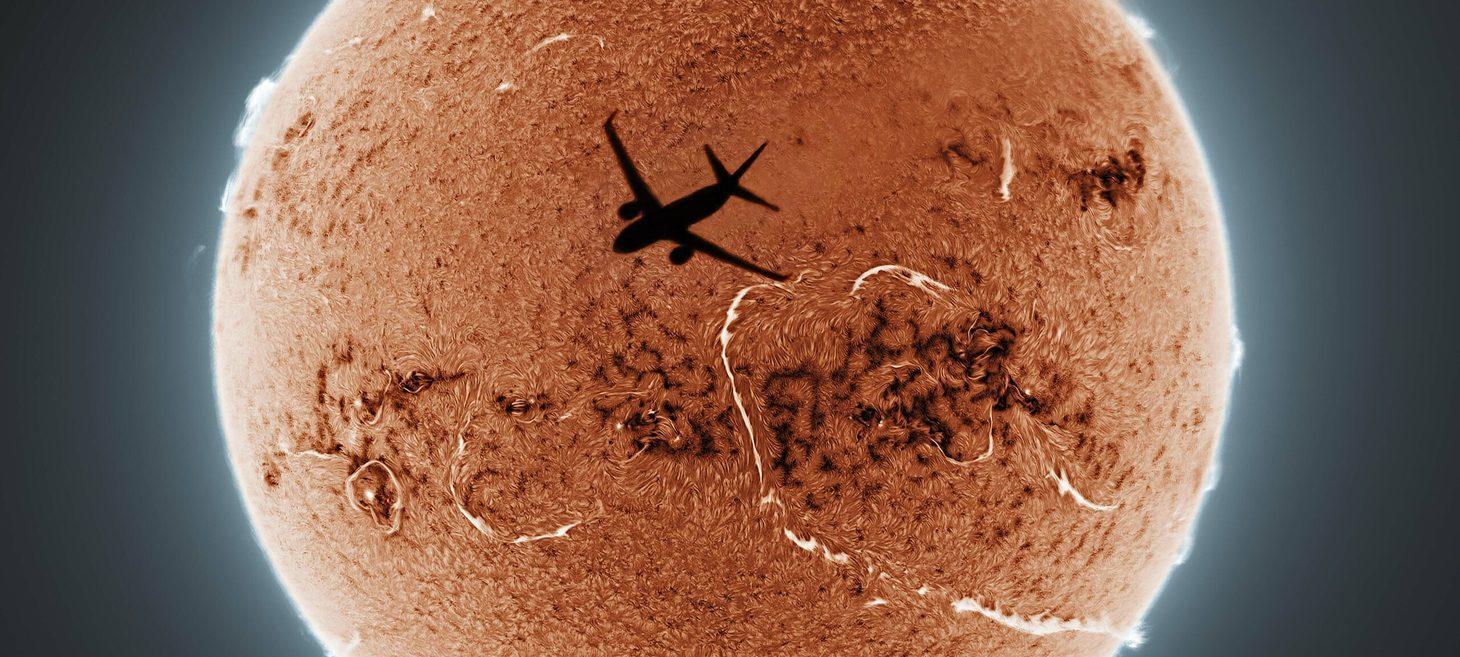
Winning Shots from the 2025 ZWO Astronomy Photographer of the Year Contest
The Royal Observatory Greenwich just announced the winners of the ZWO Astronomy Photographer of the Year 2025 competition, and these images are spectacular. The Andromeda Core by Weitang Liang, Qi Yang, and Chuhong Yu took top honors, capturing the galaxy's heart in stunning detail from Spain's AstroCamp Observatory. Winners shared £10,000 in prize money plus subscriptions to BBC Sky at Night Magazine, with the exhibition now on display at London's National Maritime Museum, as reported by DeMilked.
In the category of definitely not AI-generated, these images are simply stunning. I've experimented with astrophotography myself, and I know how much patience, equipment, knowledge, and effort it takes to even start getting usable images of the night sky. The fact that these photographers achieve results like this always leaves me astounded.
I sold my telescope years ago with an internal excuse about the skies not being dark enough around here. But really, I lacked the technical skills and patience—plus the willingness to travel to dark sky spots—to produce images like these. It takes real dedication.
So for me, these are worth a look and a source of genuine appreciation—would you invest the time to master this technically demanding art form?
Exhibitions & Events
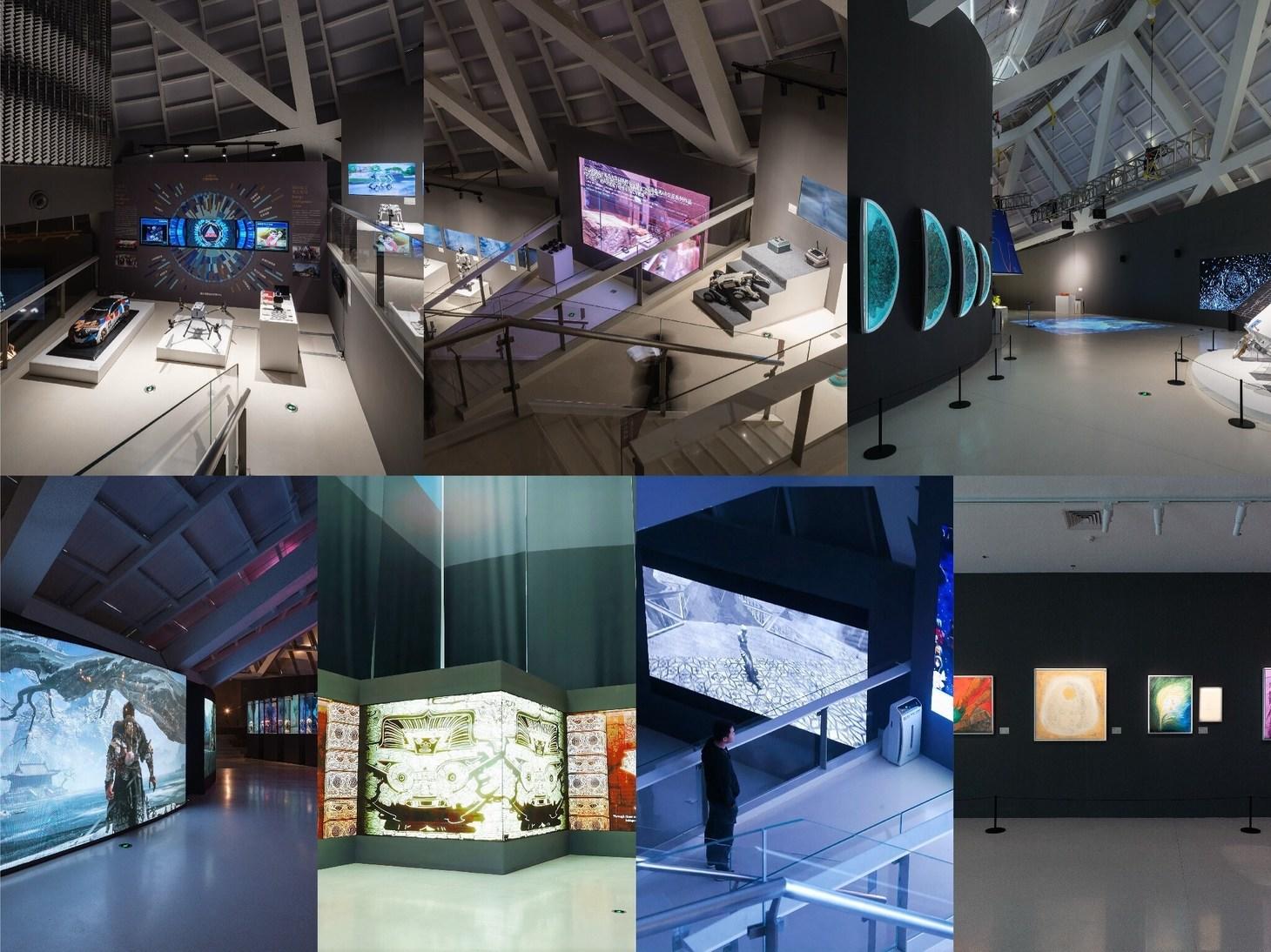
Symbiotic Cosmos: Cultural Ecological Reconstruction Amidst Technological Iteration China (Hangzhou) Art and Technology Biennale Kicks Off
The China (Hangzhou) Art and Technology Biennale brought together over 160 artists, scientists, and creators from more than 20 countries to the Yuhang Art Museum, according to a press release from the China Academy of Art. The exhibition spans everything from digital reconstructions of 5,000-year-old Liangzhu jade artifacts to space-based computing infrastructure and deep-sea intelligent submersibles—all framed around "Cultural Ecological Reconstruction Amidst Technological Iteration."
What strikes me when I read art news and press releases from other countries is where the focus lies. In this Chinese "Art and Technology" biennale, I notice the emphasis on science and a complete absence of anxiety about AI destroying human creativity. Is this what we'd expect from what we view as a totalitarian regime? Or is it simply Realpolitik—the German word for a practical rather than ideological approach?
The contrast feels significant. While Western art institutions wrestle with ethical frameworks and artist displacement concerns, this exhibition celebrates the convergence of art and technology as an inevitable ascent, echoing Flaubert's observation that art and science will "meet again at the summit."
Maybe there's something to learn from looking sideways at how different cultures frame the same technological moment.
 The Last Word
The Last Word
Thanks for spending time with these stories this week. I'm genuinely curious how you're thinking about the difference between artists who've been using machine learning as part of a larger conceptual practice for years versus the more recent wave of AI-generated work—it's a distinction that feels important but increasingly hard to communicate. As always, I'd love to hear your thoughts.
Best, Juergen

